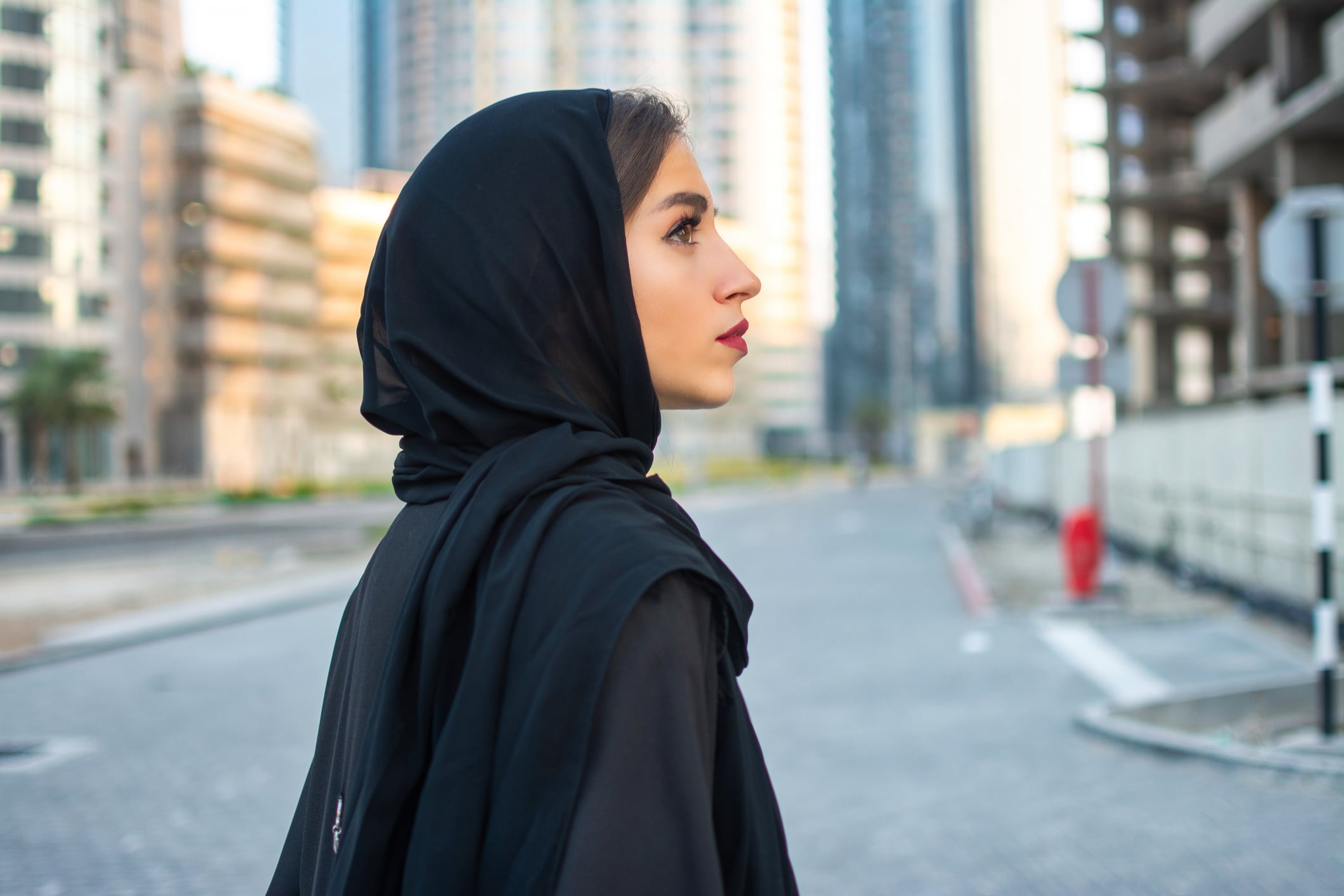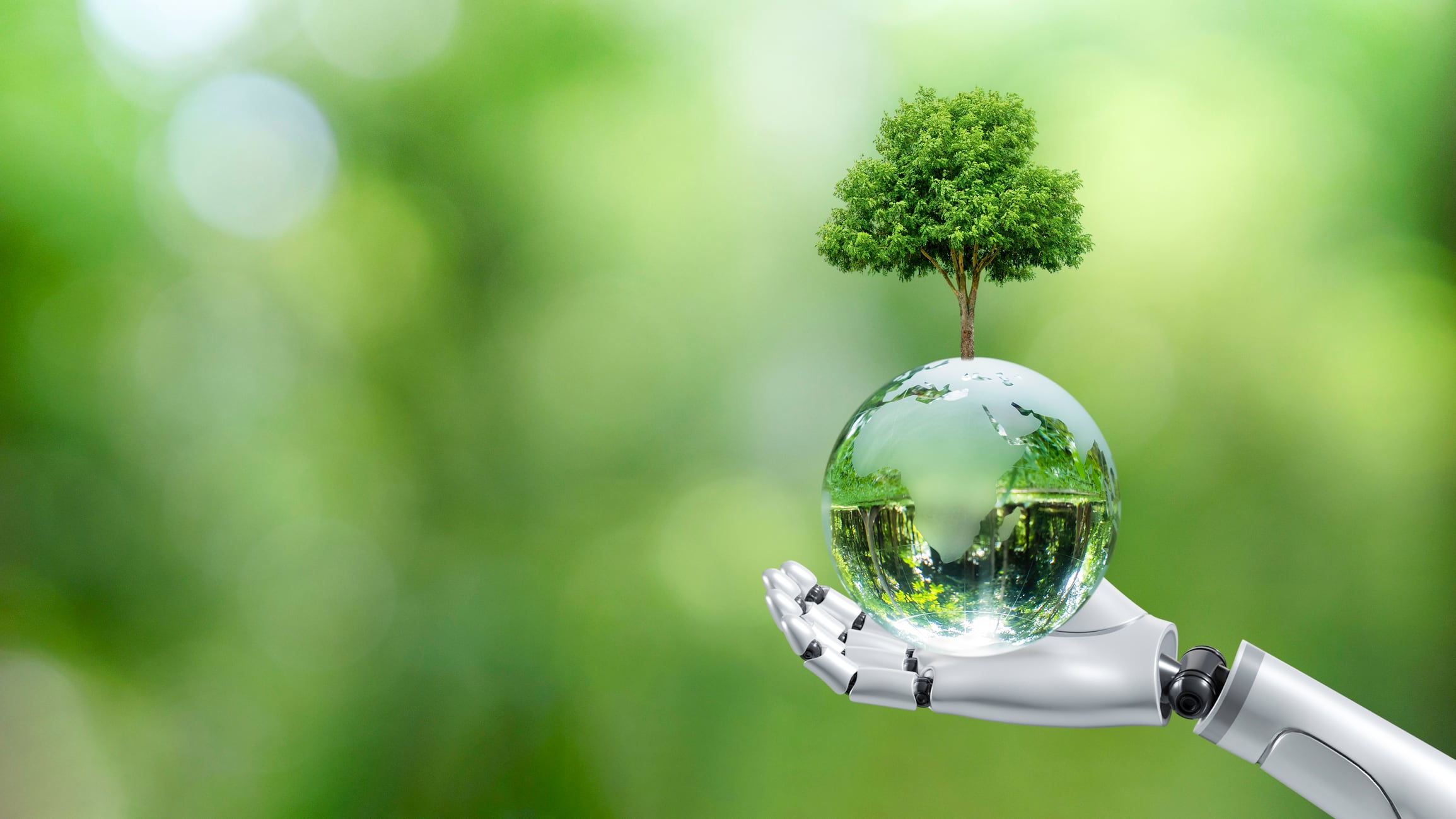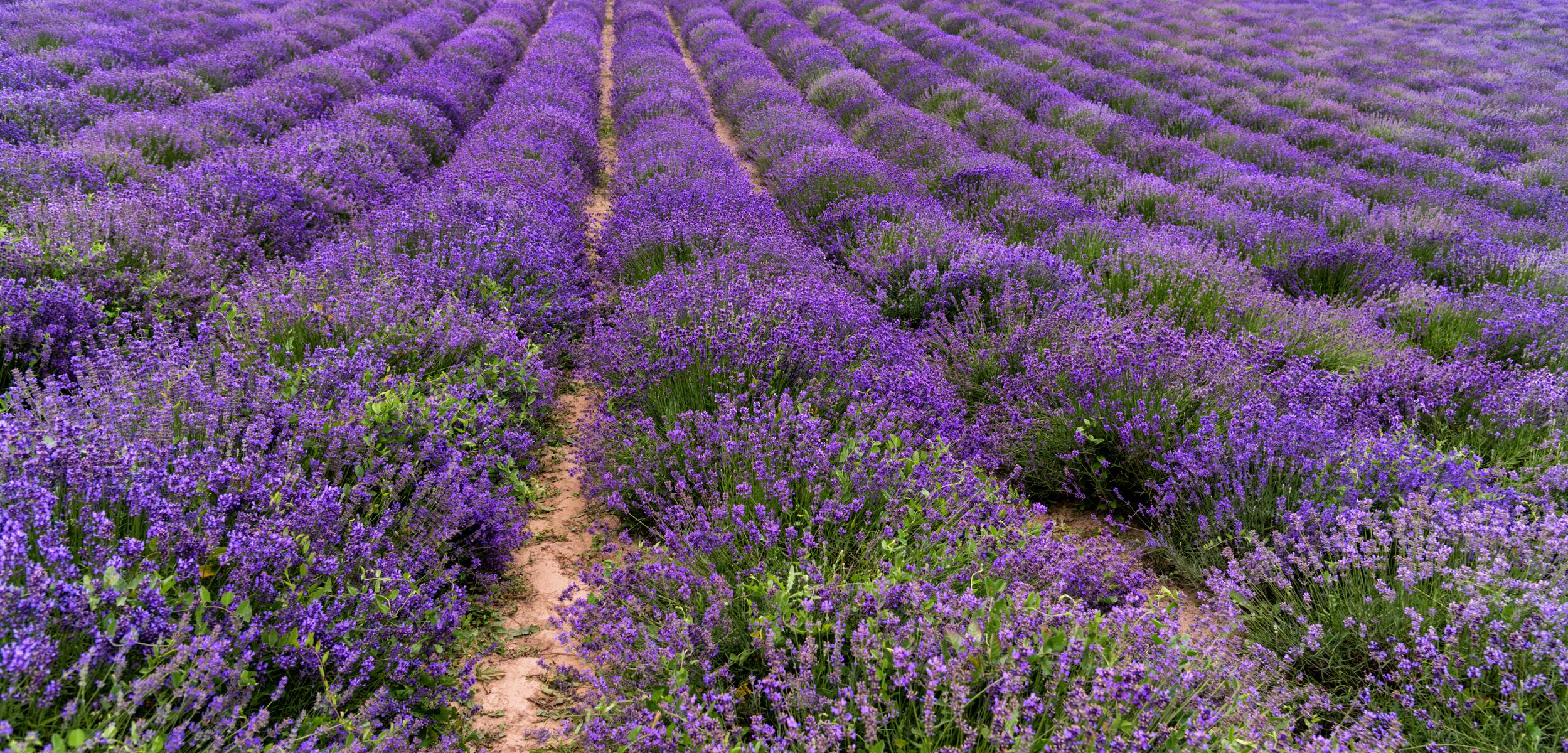Key takeaways
- The Middle Eastern beauty market is embracing sustainable innovation, driven by younger consumers and evolving regulations.
- Ethical certifications like halal, vegan, and cruelty-free are becoming a tool of differentiation for product credibility.
- AI personalisation, waterless formulations, and eco-conscious packaging are key trends.
- Regulatory compliance and cultural sensitivity are crucial for successful market entry.
- Clean and conscious beauty is shifting from trend to standard in the region.
The Middle East is a burgeoning beauty market. A report from Euromonitor International estimated that the beauty and personal care market in the broader Middle East and North Africa (MENA) region would reach around $60 bn by the end of 2025.
Despite its focus on luxury, this market is starting to placing a growing emphasis on sustainable NPD, driven by consumer demand, regulatory evolution, and innovation.
Younger consumers drive demand for ethical beauty in the Middle East
The younger demographic are the region’s highest spenders and many of these big spenders are found in Saudi Arabia and the UAE. In fact, according to Statista, in the UAE alone, per capita revenue is set to reach $130.50 in 2023.
It appears that younger consumers – Millennials and Gen Z – are leading this shift towards ethical and sustainable beauty, prioritising transparency, cruelty-free certifications, and natural ingredients.
Brands here are also investing in AI-driven personalisation, waterless formulations, and eco-conscious packaging.
Regulatory compliance and halal certification
Cosmetics sold in the Middle East must comply with GSO 1943/2016 (product safety) and GSO 2528/2016 (claims), which are closely aligned with EU Cosmetics Regulation 1223/2009. However, each country (e.g. UAE, Saudi Arabia, Oman) has its own competent authority and requires separate product notifications.
Halal certification is also increasingly mandatory, especially in the GCC countries, and involves strict ingredient and manufacturing standards.
Clean and conscious beauty: from trend to industry standard
This growing interest in sustainability is a focus for the Beautyworld Middle East 2025 show, which will take place this October in Dubai.
Show manager for Beautyworld Middle East Ravi Ramchandni said this year’s show will spotlight ‘clean & conscious’ across its content and curation: a focus on ingredient transparency, credible efficacy, responsible sourcing, lower-impact packaging, and ethical practices.
“That includes cruelty-free/vegan options and region-relevant considerations,” he said.
Indeed, as in other regions, consumers here are increasingly aware of greenwashing and demand credible certifications such as halal, vegan, organic, and cruelty-free.
Halal skincare itself has been a major growth area, particularly in response to climate-related skin concerns in the region.
Trust, transparency, and efficacy
“In the Middle East, I feel that clean and conscious beauty is closely tied to trust, transparency, and efficacy,” said Victoria Hale, managing director of luxury hair brand Remilia Haircare.
“Consumers want to know that products are safe, effective, and aligned with global standards, while also respecting cultural values. Conscious beauty in this region is less about trends and more about authenticity and credibility from brands,” she continued.
Hale said the movement is still emerging compared to Europe and the US, but it is accelerating quickly. “International standards like EU compliance are becoming a strong benchmark, and consumers are increasingly looking for products that can deliver performance while being responsibly made.”
She also noted that haircare and skincare are leading categories, especially among younger, urban consumers who are very digitally engaged and inspired by global beauty conversations. “They are the early adopters who push the demand for cleaner, safer, and more sustainable options,” she explained.
However, for Hale, luxury still clearly remains a priority in this market. But it is the definition of luxury that is shifting. “Premium consumers now want the reassurance that their products are both indulgent and conscious — combining performance, sensorial experience, and sustainability,” she said.
“We expect clean and conscious beauty to become the standard rather than the exception,” she said. “As regulations strengthen and consumer education grows, brands that combine efficacy with environmental and ethical responsibility will become the new leaders in the region.”
BeautyWorld Middle East will take place between 27 – 29 October 2025 at the Dubai World Trade Centre.





